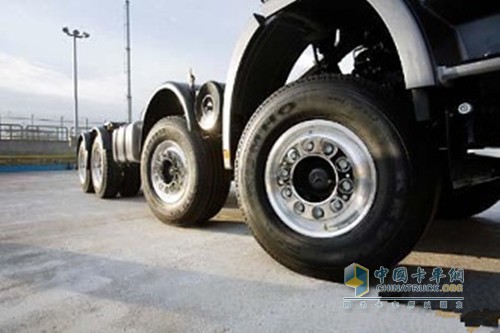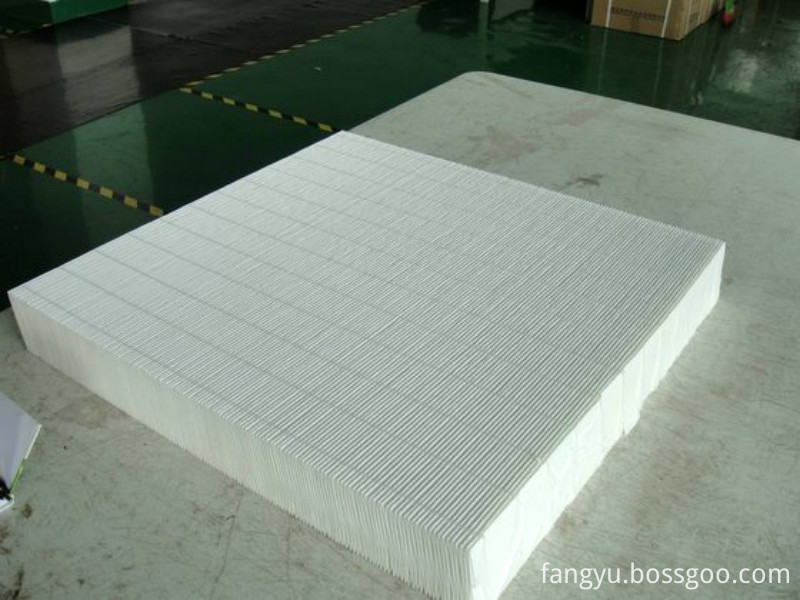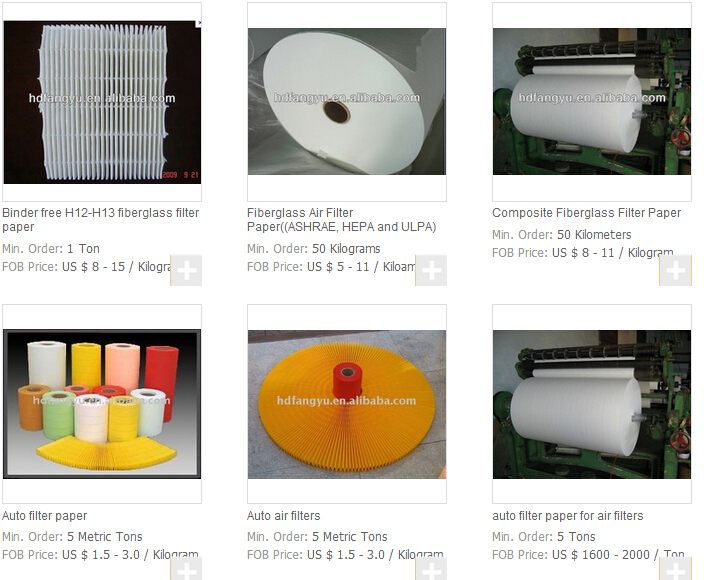U.S. Tyre Industry Association promotes electronic identification system
According to foreign media reports, the United States Tire Industry Association (TIA) is currently advocating a new electronic identification system to enhance the efficiency of future tire recalls. This will be the "most significant factor" in the current system upgrade.
TIA proposed the “TIN to VIN†(Note: TIN is the tax identification code, VIN is the vehicle identification number) system, which is provided for the NHTSA and specifically addresses the ANPRM. And the public's call for "upgrade notification providers (for consumers) and optimize recall efficiency".
TIA pointed out that notification procedures are necessary to remove faulty tires from freeways. However, in recalling tires, TIA believes that electronic identification will be the most important means to optimize recall efficiency.

U.S. Tyre Industry Association promotes electronic identification system
In response to the recently passed FAST decree on the restoration of compulsory registration of tires, the TIA persuaded Congress to add SEC.24334, which urges the Ministry of Transport to study requiring tire producers to add an electronic identification system to each tire to reflect the tire's Instant messaging.
By integrating tire identification and recall system technology, retailers can easily and quickly scan every sold tire. TIN (tax identification code) can be automatically recorded in the database, significantly reducing personal wrongdoing.
If the TIN can be permanently associated with a VIN (Vehicle Identification Number), the currently registered user can easily know the defect tyre owner information even if the address or name is changed.
Therefore, the TIA summed up this concept as "TIV to VIN".
TIA also recommends that the "TIN to VIN" system should be authorized and that all tire registration data should be collected and stored in designated independent third parties.
The commissioning of an independent third party can eliminate personal privacy and registration data being misused by manufacturers for misuse.
TIA said that in the "TIN to VIN" system, the electronic identification link to the recall database has another benefit that allows service providers to identify the recalled tires in normal tire maintenance services.
TIA believes that the “TIN to VIN†system still requires the dealers of used tires to solve the loopholes in tire recycling.
"After combining the TIN to VIN tire registration system with electronic identification technology, TIA is confident to increase the recall rate of recalled tires."
At the same time, TIA is very pleased to see that car inspections are widespread in every state in the United States. If motor vehicles are required to undergo annual inspections, inspectors can scan electronic identifications and quickly determine whether vehicle tires need to be recalled.
Although the Association expressed disappointment with the authorities' recognition of the legitimacy of entrusted tire registration, it remained fully aware of the tire recall cycle.
TIA Executive Vice President Roy Littlefield said: "We realize that tire registration is very important. The primary goal is to remove faulty tires from the highway. TIA believes that electronic recognition is the first step toward this goal."
Glass Microfibers Series
Hebei Fangyu Filter Media Co.,Ltd is the leader to produce Glassfiber filter media,Thermal insulation , AGM Separator, Fiberglass VIP Core Material, Pocket Filter Media, Glassmicrofiber air-laid mat ,Hepa Filter Paper in handan hebei China.
1.Glass microfiber filter media, comprised primarily of glass microfibers, is produced with a wet laid process which is similar to that used in the production of paper. Our offerings range from various ASHRAE grades (F6-F9), HEPA grades (H10-H14) to ULPA grades (U15-U16) with exceptional dust holding performance and provide with the highest available efficiency at a minimal resistance to air flow. Our products are available in a laminated form to meet special air filtration requirements.
|
Classification
|
Grade
|
Efficiency(≥%)
|
Basic Weight
(+-5g/m2) |
Thickness
(±0.02mm)
@100kpa
|
Air Resistance
Pa @5.3cm/s |
Tensile
Strength
|
Stiffness
( ≥mg)
MD
|
|
(+-200N/M)
MD
|
|||||||
|
ULPA
|
FY-U17
|
99.9999
|
73
|
0.37
|
500+-20
|
1200
|
1000
|
|
FY-U16
|
99.9999
|
73
|
0.37
|
440+-20
|
1200
|
1000
|
|
|
FY-U15
|
99.999
|
73
|
0.37
|
390+-20
|
1200
|
1000
|
|
|
HEPA
|
FY-H14
|
99.995
|
70
|
0.34
|
340+-20
|
1200
|
1000
|
|
FY -H13
|
99.97
|
70
|
0.34
|
290+-20
|
1200
|
1000
|
|
|
FY-H12
|
99.8
|
70
|
0.34
|
250+-20
|
1200
|
1000
|
|
|
FY-H11
|
98
|
70
|
0.34
|
120+-20
|
1200
|
1000
|
|
|
FY-H10
|
94
|
70
|
0.34
|
80+-15
|
1200
|
1000
|
|
|
ASHRAE
|
FY -F9
|
95
|
70
|
0.34
|
55+-10
|
1200
|
1200
|
|
FY-F8
|
90
|
70
|
0.34
|
35+-5
|
1200
|
1200
|
|
|
FY -F7
|
80
|
70
|
0.34
|
33+-5
|
1200
|
1200
|
|
|
FY-F6
|
60
|
70
|
0.33
|
20+-5
|
1200
|
1200
|
1. Efficiency and Air Resistance were tested by TSI8130, 0.3µm
5.33cm/s
2. Other specification is also available according to customer's
requirement or sample. Dimensions and packing conditions can be selected.


Glass Fiber Paper,Glass Microfiber Cleaning Cloths,Glass Microfiber Filter Paper,Fiberglass Vip Core Material,Glassmicrofiber Air-Laid Mat
Hebei Fangyu Trade Co., Ltd. , https://www.filtersmaterial.com